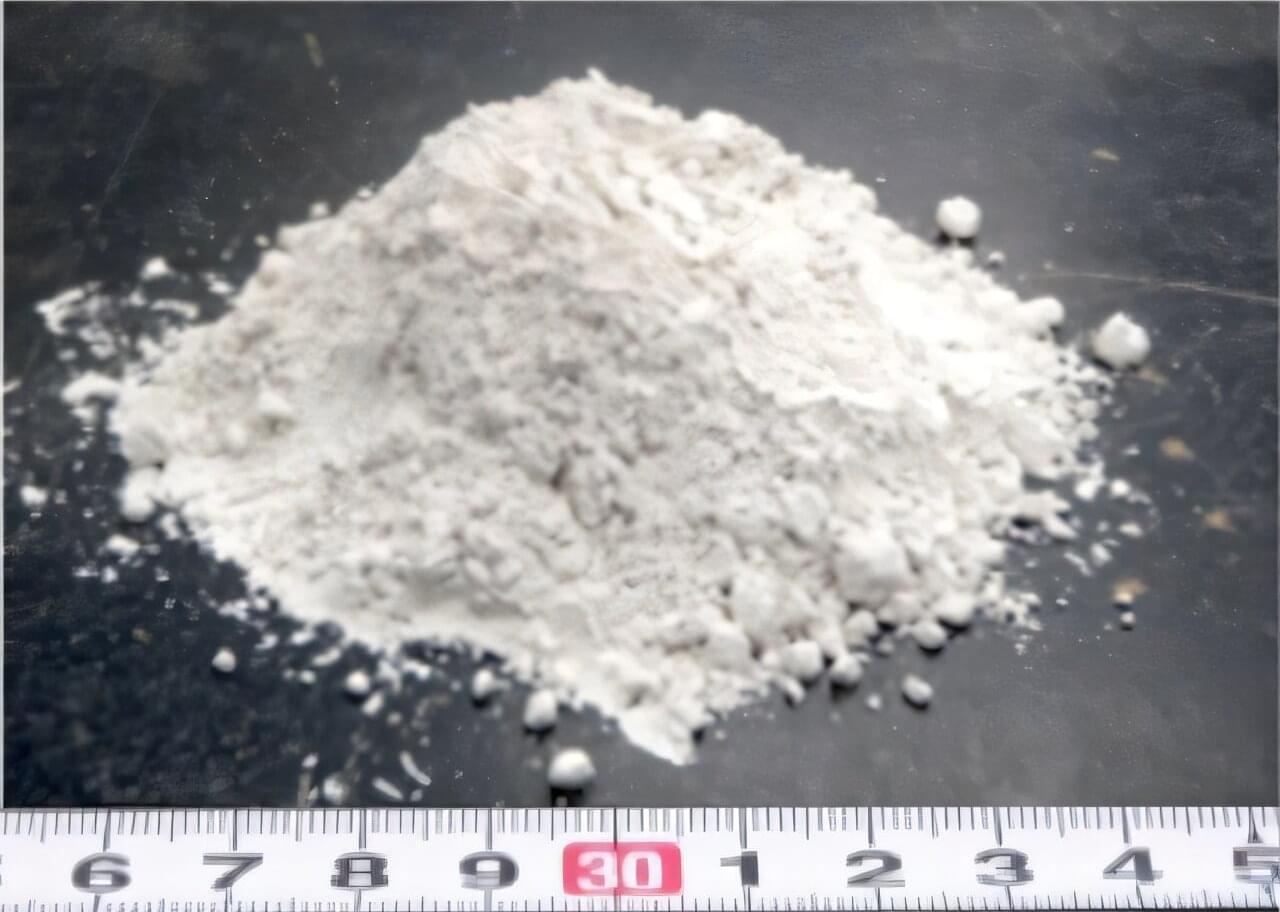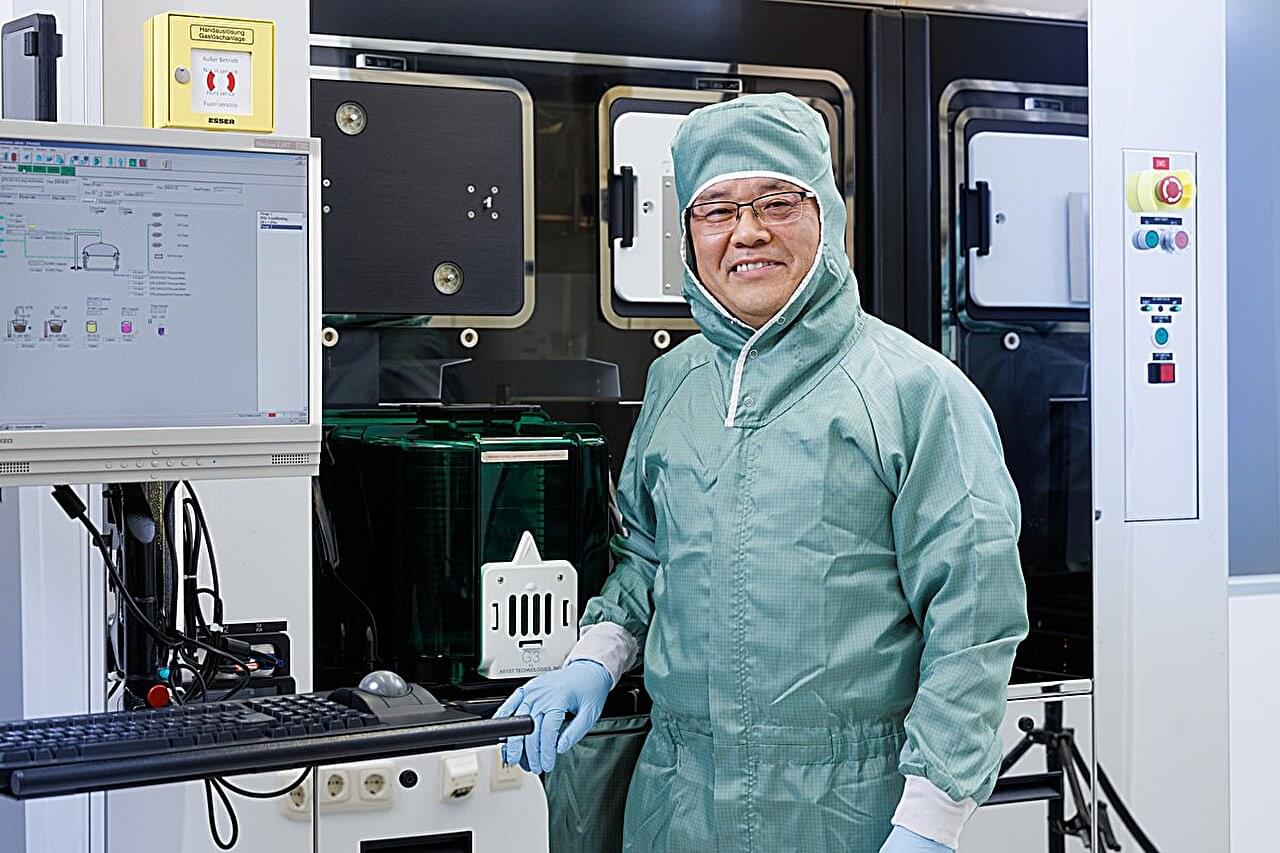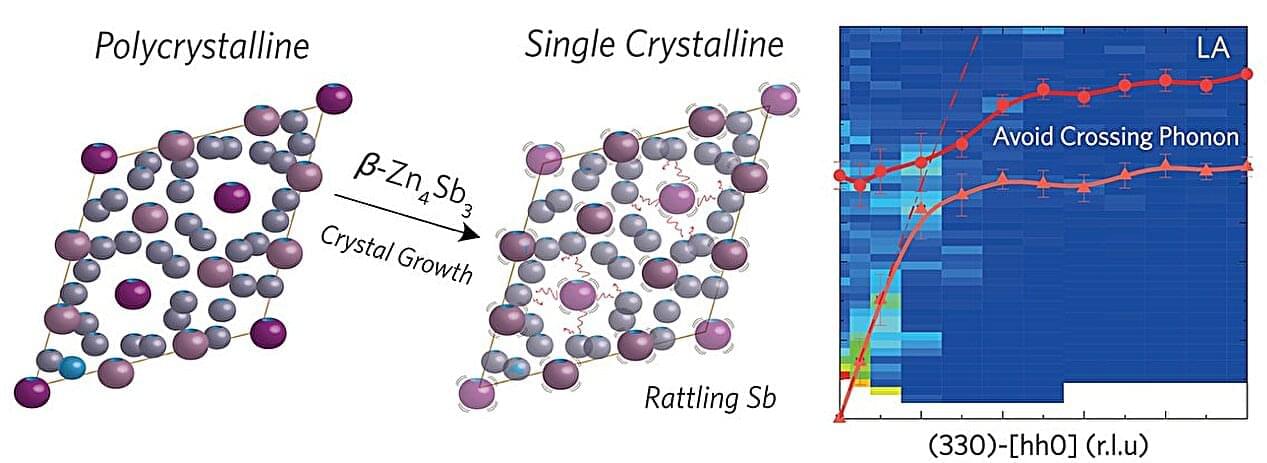Five years after introducing see-through wood building material, researchers in Sweden have taken it to another level. They found a way to make their composite 100 percent renewable – and more translucent – by infusing wood with a clear bio-plastic made from citrus fruit.
Since it was first introduced in 2016, transparent wood has been developed by researchers at KTH Royal Institute of Technology as one of the most innovative new structural materials for building construction. It lets natural light through and.
The key to making wood into a transparent composite material is to strip out its lignin, the major light-absorbing component in wood. But the empty pores left behind by the absence of lignin need to be filled with something that restores the wood’s strength and allows light to permeate.









